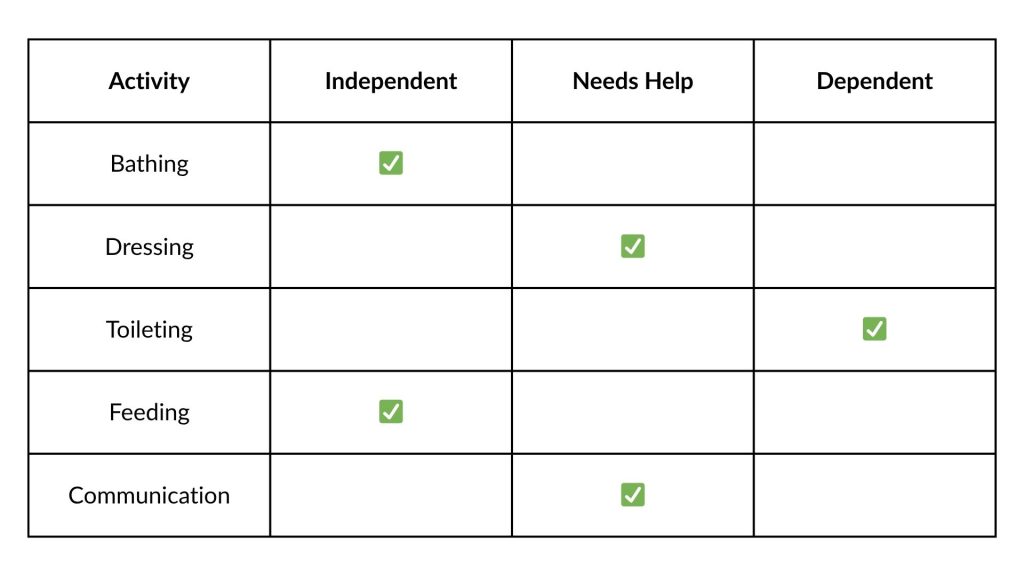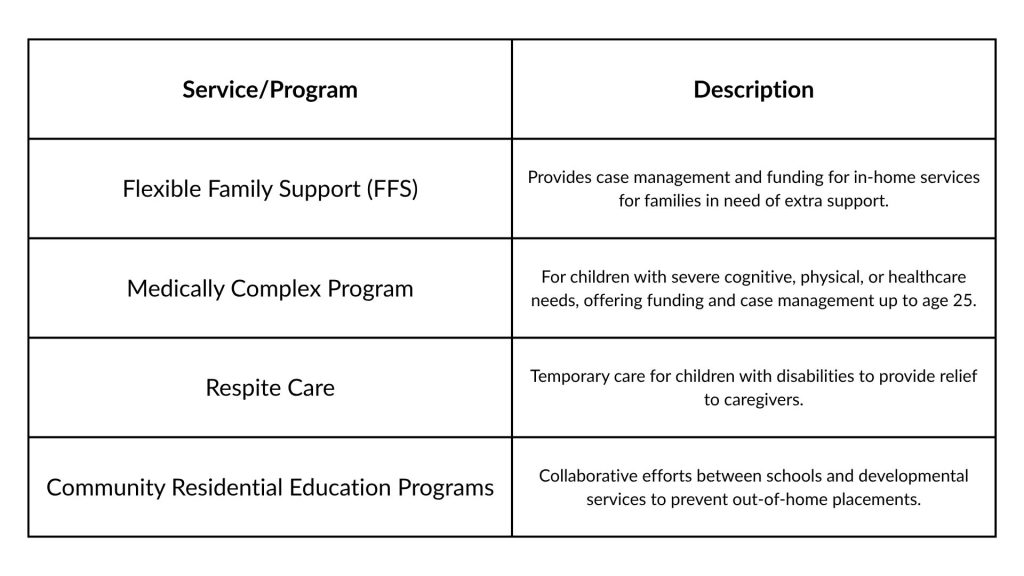Families of children with disabilities often find themselves facing complex challenges. From understanding the full spectrum of available services to planning for the future, the road ahead can seem daunting. That’s where a Quality of Life Plan for Children with Disabilities comes in.
A Quality of Life Plan is more than just a list of services; it’s a comprehensive approach to ensuring that children with disabilities receive the care, support, and opportunities they need to thrive. Here, we will break down the steps to build an effective Life Care Plan for Special Needs and explain why it’s essential for families navigating the world of disabilities.
What Is a Quality of Life Plan for Children with Disabilities?
A Quality of Life Plan for Children with Disabilities is a personalized care strategy that focuses on:
- – The child’s functional abilities, including daily tasks and skills.
- -A vision for future care, considering educational needs, healthcare, and long-term living arrangements.
- – Access to resources, including services available now and as the child grows.
It’s important to note that this plan goes beyond medical care. It encompasses the whole person while addressing social, emotional, and physical needs in a holistic manner.
Key Steps in Developing a Disability Care Plan
1. Assessing the Child’s Current Functional Needs
Every child’s daily activities, such as getting dressed, eating, communicating, and moving, are impacted by their condition. Understanding how a child performs these activities is crucial to determining their current needs.
Activities of Daily Living (ADLs), like bathing, dressing, and feeding, provide a foundation for identifying where support is necessary. Here’s an example of how families and professionals can assess these needs:
Sample Daily Function Profile

This type of table gives a clear snapshot of where a child needs support and helps guide the creation of a comprehensive disability care plan.
2. Looking Ahead: Planning for the Future
While a Quality of Life Plan for Children with Disabilities focuses on today’s needs, it also prepares for future challenges and opportunities. For children with disabilities, care needs can evolve as they transition through different life stages. Planning ahead means understanding:
- – Educational needs: Will additional support be required for schooling? Is there a need for specialized programs or therapies?
- – Health care needs: Does the child require medical interventions, therapies, or long-term care? How will these needs change as they get older?
- – Living arrangements: Will the child require residential care, assisted living, or community-based housing in the future? What services are necessary to help them live as independently as possible?
A solid transition plan should outline what resources will be needed as the child grows, ensuring that no service is left out.
3. Identifying Available Resources and Services
Each state offers various programs that families can access to support their child’s development and care. Families may not always know where to start, and many are unaware of all the services that might be available. Here are some examples of programs that can help children with disabilities and their families:
Key Programs and Services

Beyond these, there are programs like SSI (Supplemental Security Income) and SSDI (Social Security Disability Insurance) that provide financial support and access to Medicaid, ensuring that children and adults with disabilities have the resources to cover medical and personal care needs.
4. Understanding Waiver Programs and Financial Assistance
States often offer Medicaid Waivers to support individuals with disabilities who require specialized care. These programs allow families to receive support in the community, avoiding institutionalization. For instance, in Massachusetts, there are specific waivers to assist with long-term care in the home.
Waivers often cover services such as:
- Residential Support: Assistance with living at home or in a community-based setting.
- Home Modifications: Grants to make homes more accessible for children with mobility challenges.
- Behavioral Health Support: Specialized therapy and support to manage behavioral health challenges.
Families should explore state-specific waivers and federal benefits, like Medicaid, to ensure they are accessing all the funding and support they are entitled to.
5. Collaboration with Professionals and Agencies
The best disability care plans are collaborative efforts. Families should work with a range of professionals to create a personalized Life Care Plan for Special Needs that integrates medical, educational, and social needs. Key professionals may include:
- – Pediatricians and specialists to manage health care needs.
- – Case managers to help coordinate services.
- – Therapists (OT, PT, Speech) to address developmental needs.
- – Educational professionals who can support the child’s learning goals.
Additionally, there are advocacy programs and local support groups that can help guide families through the process, ensuring they don’t miss important services.
6. Ongoing Evaluation and Adjustment
A Quality of Life Plan for Children with Disabilities is not static; it evolves as the child grows and their needs change. It’s important to revisit the plan regularly to ensure that it continues to reflect the child’s needs and the services available. By setting up regular check-ins with key professionals, families can adjust the plan as necessary, keeping it relevant and effective.
The Role of Government and Authorities in Building Effective Life Care Plans for Special Needs
One of the most common obstacles families face when building a Quality of Life Plan is not knowing what services and programs are available in their state or federally. As Cindy Bourbeau explains, families don’t often know what they’re missing until they speak with an expert or advocacy group.
Government and local agencies play a crucial role in helping families navigate the maze of services available. They leave the colon:
- – Help families access available programs and resources.
- – Guide families through eligibility requirements for different services.
- – Provide case management to ensure coordination between all involved agencies.
Effective outreach and advocacy are key to ensuring that children with disabilities don’t miss out on valuable resources that can improve their quality of life.
Concluding Thoughts
Creating a Quality of Life Plan for Children with Disabilities may seem overwhelming at first, but it offers peace of mind and a clear path forward. By assessing the child’s needs, planning for the future, and identifying available services, families can build a foundation of care and support that grows with the child.
If you’re unsure where to start, or if you need help navigating the complex world of resources and services, Medical and Life Care Consulting Services is here to assist. We specialize in creating tailored Life Care Plans for Special Needs and can guide you through the process of identifying programs, waivers, and benefits for your child.






